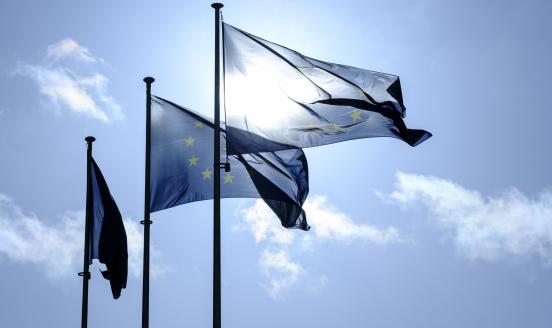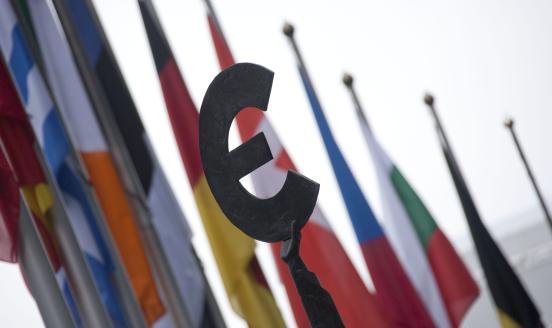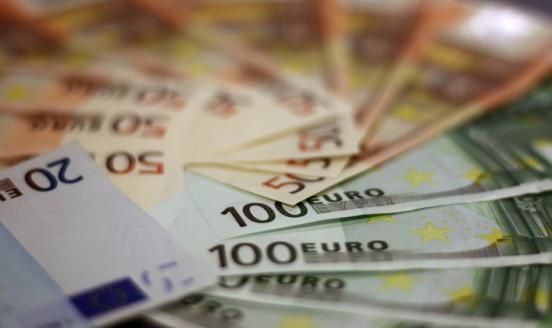Europe’s Troika should grow up
In early 2010, a group of men (and a few women) in dark suits landed in Athens. They belonged to a global institution, the International Monetary Fund
In early 2010, a group of men (and a few women) in dark suits landed in Athens. They belonged to a global institution, the International Monetary Fund, and to a pair of regional ones, the European Commission and the European Central Bank. Their mission was to negotiate the terms and conditions of a financial bailout of Greece. A few months later, what became known as the “troika” was dispatched to Ireland, then to Portugal, and later to Cyprus.
This endeavor was bound to have wide implications. The troika negotiated what ended up being the largest financial assistance packages ever: loans to Greece from the IMF and European partners are set to reach €240 billion ($310 billion), or 130% of the country’s 2013 GDP – far more in both absolute and relative terms than any country has ever received. Loans to Ireland (€85 billion) and Portugal (€78 billion) are also significantly bigger than those usually provided by the IMF.
Moreover, cooperation between the three institutions is unprecedented. Back in 1997-1998, during the Asian crisis, the G-7 flatly rejected Japan’s proposal for an Asian Monetary Fund. Now the IMF has even accepted a minority-lender role, with the bulk of assistance coming from the European Stability Mechanism (ESM), a new institution often viewed as an embryonic European Monetary Fund.
It is frequently argued that the size of the assistance packages is a testament to Europe’s clout within the IMF. Perhaps, but the packages are, first and foremost, a consequence of the constraints to which Europeans were (and still are) subject.
Economic adjustment is necessarily slower within a monetary union than it is for countries with their own currency, because, even for very flexible economies, prices change more slowly than the exchange rate. Delivering the same result therefore takes more time, and requires keeping countries in intensive care for longer – and at higher cost.
Three years later, the results are mixed at best. Unemployment has increased much more than anticipated and social hardship is unmistakable. There is one bright spot: Ireland, which is set to recover from an exceptionally severe financial crisis. But there is also a dark spot: Greece, where GDP has shrunk by 20% since 2009 and where the public debt/GDP ratio is now higher than anticipated at the launch of the program, despite the debt reduction negotiated with private creditors in February 2012. This is not because of a lack of fiscal consolidation. On the contrary, the Greek authorities have done more than planned on this front. But the collapse of GDP has necessarily implied a rising debt ratio, driving the country into a recessionary spiral as economic contraction forces further spending cuts.
Could the troika have done better? It was not responsible for existing monetary conditions – a currency union with a central bank focused on price stability. But European officials’ hesitant response to the crisis added to the difficulty. Prolonged controversies over the terms and conditions of assistance and the absurdly high interest rate initially set on official loans exacted a heavy toll on countries already under stress.
Furthermore, the troika made three mistakes. First, Greek debt reduction was postponed for too long. Once it became clear that the burden was unbearable, debt should have been cut expeditiously. Too many creditors were reimbursed at par on their maturing claims.
Second, the troika based its programs on overly optimistic assumptions. It misjudged the consequences of fiscal consolidation and credit constraints, underestimating the contraction of employment and overestimating exports and privatization receipts.
Finally, not unlike what happened during the Asian crisis in the late 1990’s, the troika took country cases one by one. As a result, it did not pay enough attention to cross-country spillovers and deteriorating conditions in the wider eurozone.
Should the troika survive? Its three participating institutions have different mandates and different roles. It was perhaps inevitable that initially they worked jointly; but there is reason to question such an approach now.
Operationally and financially, the IMF has become much more involved in Europe than its global shareholders deem sustainable. It should become a catalytic lender whose participation in eurozone programs remains desirable but not indispensable – giving it the possibility to disagree and walk away.
The ECB is in an odd position as well, but for different reasons. As the eurozone’s central bank, rather than a lending institution, it does not have a clear role in negotiations on behalf of creditors. If it remains in the troika, its participation should be mostly silent.
Finally, Europe should transform the ESM into a European Monetary Fund capable of providing policy assessment and advice, as well as financial assistance – possibly drawing on European Commission staff.
Beyond European specifics, the troika experiment answers a question of major importance to other parts of the world: Can the IMF cooperate with regional institutions? The answer is yes – but not easily. The troika has proved functional, and Europe would have been at pains to provide conditional assistance to eurozone countries without the IMF’s participation and support. But cooperation has proved to be difficult, if only because each participating institution has rules and constraints that are not easy to reconcile with the others’.
This column was first published here by Project Syndicate. It draws on a Bruegel report co-authored with André Sapir and Guntram Wolff.



